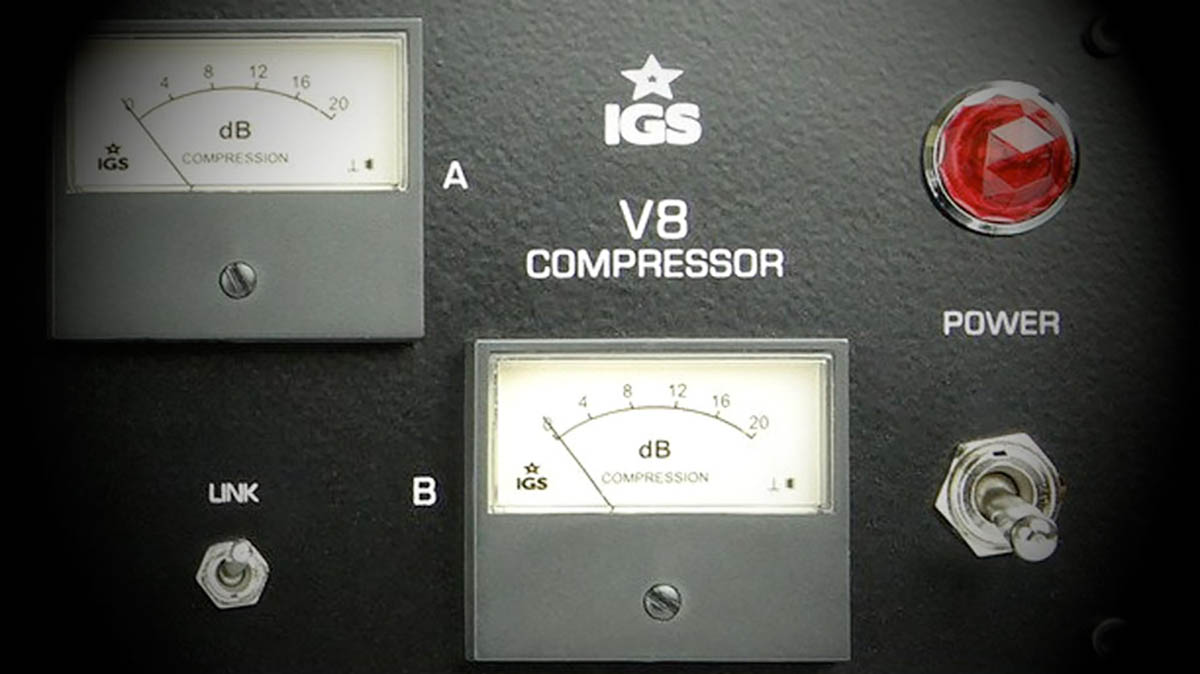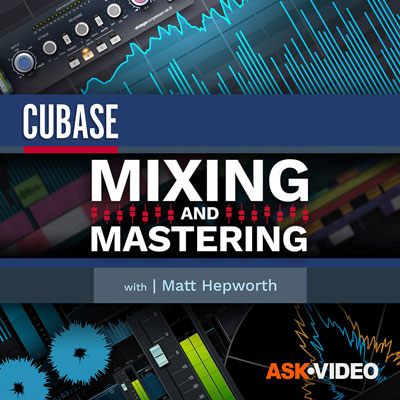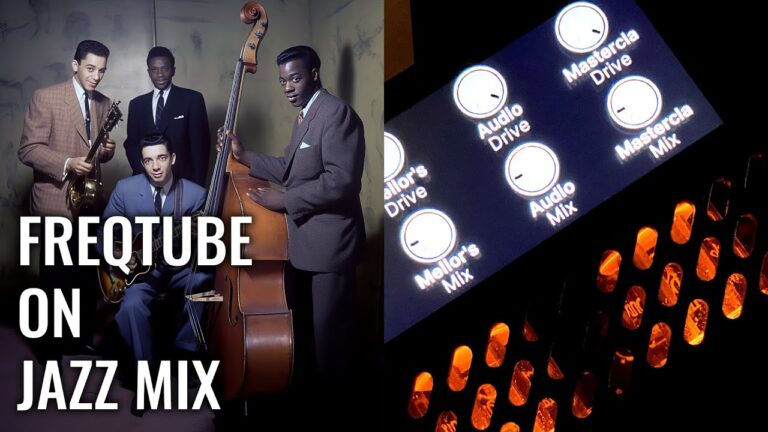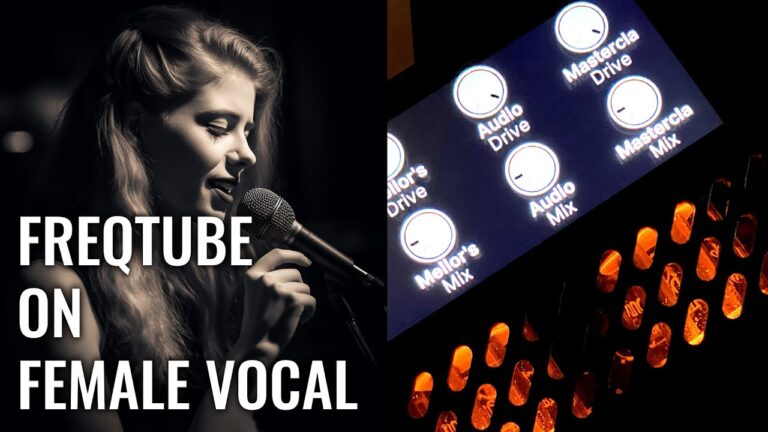What is the purpose of an audio compressor?

An audio compressor is used to reduce the dynamic range of a vocal, instrument or any audio recording. 'Reduce the dynamic range' means to make the difference between loud sounds and quiet sounds less. Audio compressors are used in live sound, broadcasting, and in the recording studio.
An audio compressor is used to reduce the dynamic range of a vocal, instrument or any audio recording. 'Reduce the dynamic range' means to make the difference between loud sounds and quiet sounds less. Audio compressors are used in live sound, broadcasting, and in the recording studio.
There are several reasons for using an audio compressor...
- A vocalist will commonly sing high notes louder than quiet notes. This may make it difficult to balance the vocal against background instruments. The vocal may sometimes be too loud, sometimes too quiet. Using a compressor to even out the loud parts and the quiet parts can help make a good balance easier to achieve.
- Even when a vocalist has good control over how loudly they sing, they may still be too quiet in parts and too loud in parts. Again, the compressor may make a good balance easier to achieve.
- The above may also apply to instruments.
- A vocal or instrument may simply sound better when compressed. There may be little or no actual need for dynamic range reduction, but the compressed vocal or instrument sounds better than the original.
- Some audio compressors add mild distortion, which is commonly known as 'warmth' and is perceived as being pleasant.
- A stereo mix of a recording may have too great a dynamic range. Common problems are these...
- When listening in an apartment, if the listening volume is set for the quiet sections, then the loud sections may annoy the neighbors. Conversely, if the listening volume is set for the loud sections, so as not to annoy the neighbors, the quiet sections are too quiet to listen to comfortably.
- In-car audio has the problem of background noise from the engine, tires and other traffic. If the quiet parts are too quiet, they may be inaudible due to the background noise.
- Using an audio compressor during the production process can help reduce these problems.
Examples of compression
Settings have been chosen so that the compression effect is easy to hear, but not over-exaggerated. The compressor is the Waves CLA-76, a plug-in emulation of the Universal Audio 1176 hardware audio compressor.
Female vocal
Female vocal uncompressed...
Female vocal compressed...
What you should listen for here is that the quieter parts of the vocal are now louder in level compared to the louder parts. The vocal as a whole sounds stronger and more present.
You may consider that some notes are a little over-compressed, particularly on 'another' in the line 'it's just another rewind', which does not sound quite as natural as the original.
Electric guitar
Electric guitar uncompressed...
Electric guitar compressed...
Again you will hear that the quieter notes are louder than in the uncompressed version. You will also notice that the studio ambience is louder. There is a slight 'clamping' effect on the initial attack of notes. You may also notice that after a note has been picked, it doesn't decay as quickly as in the uncompressed version.
Drums
Drums uncompressed...
Drums compressed...
By now you will realize that compression often brings the studio ambience up in level, and this is very clear in the drums example. For drums, compression can often make the sound more lively and exciting. You may also notice that the attack of the drums is slightly altered, which often happens in audio compression. Sometimes this is a wanted effect, alternatively the attack time control can be adjusted to minimize it.
Summary
The purpose of an audio compressor is to reduce the dynamic range of a vocal, instrument, or complete mix. This can make the vocal or instrument easier to balance in the mix, and can make a finished mix easier to listen to in a variety of listening environments.






























